How to Make Windows 8 Bootable Dvd From Setup Files
You have plenty of choices to make when installing a new version of Windows on your device.
If your computer doesn't have a CD or DVD drive , you may want to learn how to run the installation from a " bootable USB " to quickly set up your operating system.

Most modern computers and laptops have completely abandoned the CD or DVD drive, making installation disks obsolete. While this isn't an issue in many areas, such as video games and movies, it does oppose a roadblock for some software installations. You may want to learn how to installWindows 10,Windows 8.1, andWindows 7 using a bootable USB.
This article will go in-depth regarding what a bootable USB is and how to use one to create installation media for various Windows Operating Systems to install Windows 10, 8.1, or even 7. If you've already got your bootable USB ready — simply jump to the "How to Install Windows using Bootable USB" section and set your new copy of Windows up in a matter of minutes.
Benefits of installing Windows with a bootable USB
There are many instances where you might need to reinstall your operating system, or get a new one entirely. For example, you'd need to reinstall Windows if you encountered a serious error, your hard drive became damaged or corrupted, or you're upgrading/downgrading your system.
When planning to reinstall or install a Windows operating system on your PC, you need to have the necessary installation files beforehand. This will allow you to boot and install the system.
Tip: Try creating an installation media using your own device before starting the installation of a new system. If it's not possible, use a different device near you, or ask someone you know to help you out.
Because CD and DVD disks are becoming less practical, many computers and laptops no longer come with a drive to read and write physical disks. This makes it impossible for you to create or use an installation media unless it's on a bootable USB drive. While this may sound impractical at first, USB sticks have a huge advantage over disks.
USBs are incredibly accessible, given the fact that almost every computer has a USB port that you can use to connect external devices. It's the easiest and most streamlined method of installing an operating system. Nowadays, you can create a bootable USB to install various versions of Windows.
How to create a Windows bootable USB with the Media Creation Tool
Before you can install Windows using a USB, you need to create the installation media itself. This will be read by your computer once the USB flash drive is connected, allowing it to boot from USB. Below are the steps to create this bootable USB flash drive using the Media Creation Tool issued by Microsoft.
- Download the appropriate installation media from Microsoft:
- Download Windows 10
- Download Windows 8.1 Disc Image (ISO File)
- Download Windows 7 Disc Images (ISO Files)
- Follow the steps to download the Windows version you want. Some versions may require you to provide your Windows product key in order to verify your eligibility to download disc images.

- Save the Media Creation Tool to your computer. When the download is finished, launch the file and click Accept when prompted to agree to the software license terms.

- Select Create installation media (USB flash drive, DVD, or ISO file) for another PC and click the Next button.
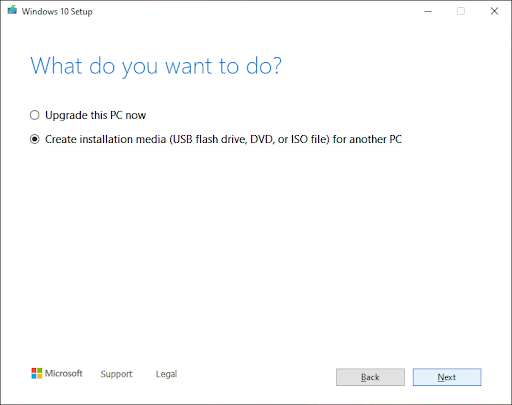
- Follow any on-screen instructions to set your preferred language, Windows edition, and System Architecture. If unsure, check the Use the recommended options for this PC option and proceed.

- Choose the USB flash drive , and then select your USB from the list. The Windows installation files will start to download to your USB drive.
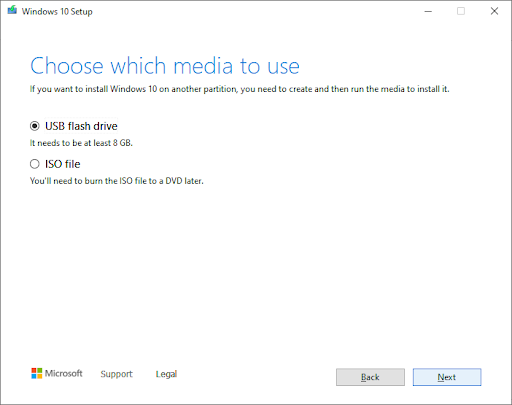
- Note that the download may take a long time depending on your internet connection. Make sure not to disrupt the process until the bootable USB drive is created.
Here's a summary to boot from a USB.
You first need to create the USB itself which will be read by your computer and used to boot up. You can find the guidelines on how to create a bootable USB using the Media Creation Tool issued by Microsoft.
- Open the Microsoft Download Windows page in your web browser and click on the Download tool now button.
- Save the tool to your computer. When the download is finished, launch the media creation tool and click Accept when prompted to agree to the launch.
- Select Create installation media (USB flash drive, DVD, or ISO file) for another PC and click the Next button.
- Set your preferred Language , Windows 10 Edition , and System Architecture .
- If you can't change the settings, place a checkmark next to the Use the recommended options for this PC option and proceed.
- Choose the USB flash drive , then hit the Next button and select your USB drive from the list. The Windows installation files will start to download to your USB drive.
- The download may take a long time depending on your internet speed. Make sure not to disrupt the process until the creation tool has been created.
How to boot from USB? Change your computer's boot order
After creating an installation media, you need to know how to boot from USB. This is needed to install Windows from the bootable USB.
The trick is: you need to change your computer's boot order. By doing so, you'll place the USB flash drive at the top of the boot order priority list, meaning that your computer will read the files on it first. This is going to prompt your computer to load the installation media instead of the already installed system.
To boot from USB, you need to change the boot order in your computer's BIOS. After completing this step, during the next startup sequence, your system will immediately boot from USB and use the installation media you created, starting the Windows installation process.
How to Install Windows using Bootable USB
With your computer's boot order successfully changed to load up from a USB device first, you can now crack on with installing Windows using your USB's installation file.
Note: Make sure you've backed up all your files before doing the installation to make sure you don't lose any valuable data.
How to install Windows 10 using bootable USB
- Plug your USB device into your computer's USB port, and start up the computer. You may be asked to press a key to boot from the USB.
- Choose your preferred language, timezone, currency, and keyboard settings. Once you're happy with customizing these settings, click Next . (Note that these settings can be changed in the future after the Windows 10 installation is complete.).

- Click Install Now and select the Windows 10 edition you've purchased. Now click Next to start the installation process.
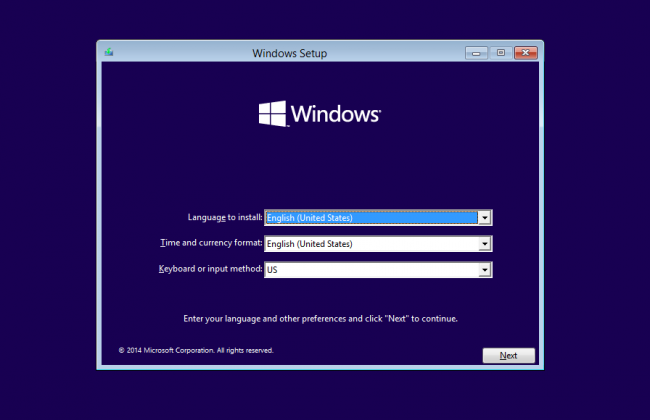
- Choose your installation type. You can either choose Upgrade , which will allow keeping your current files, settings, and apps; or do a fresh clean installation by picking Custom . In this example, we'll be choosing custom to do a fresh Windows installation.

- To install Windows, you need a partition on your hard drive for storing system files; this will become the main C: drive. You can either pick an existing partition and format it, or you can delete everything and create new partitions.
- If you've deleted all the existing partitions, your harddrive's space will be unallocated, and you'll need to create new partitions. If you just formatted an existing partition, then skip to Step 7 now. To create new partitions:
- Now select the partition where you want to install Windows and click Next . The Windows 10 installation will begin. Your computer may reboot a few times during the process. This is normal.

- After the installation is complete, your computer will automatically restart one last time. When it starts up again for the first time, you'll be able to choose more of your settings, or you use express settings recommended by Microsoft.
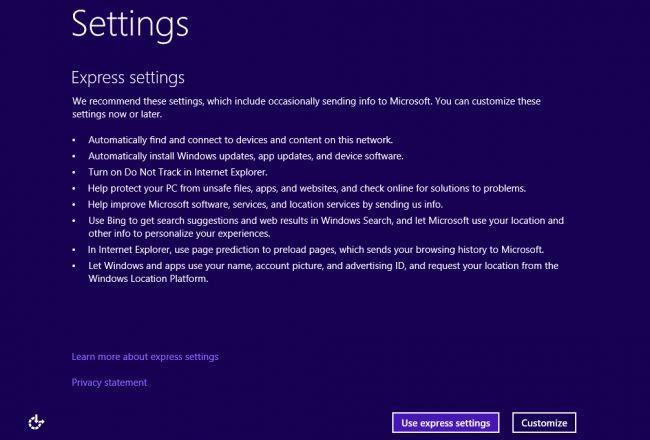
- Finally, sign in to your Microsoft account to use some of the new features with Windows 10 such as password recovery, and to access One Drive. If you don't want to sign in with your Microsoft account, click Skip this step and follow the instructions to create a local user account instead.
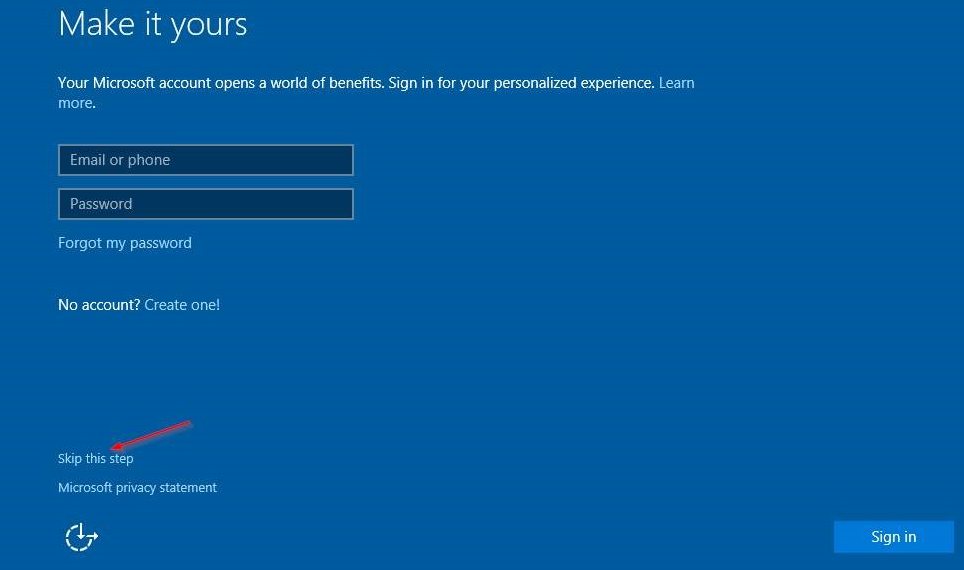
How to install Windows 8.1 using bootable USB
- Plug your USB device into your computer's USB port, and start up the computer. You may be asked to press a key to boot from the USB.
- Choose your preferred language, timezone, currency, and keyboard settings. Once you're happy with customizing these settings, click Next . Don't worry if you've made a mistake, you can change any of these in the future.

- Click Install Now and select the Windows 8.1 edition you've purchased. Now click Next to start the installation process.
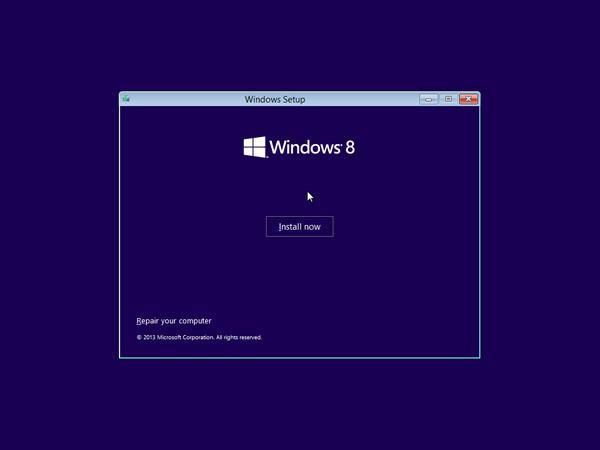
- Enter the product key that came with your Windows purchase to activate it. When done, click Next .
- Note: You might not be prompted to enter a product key until later in the Windows 8.1 installation. This varies from version to version.
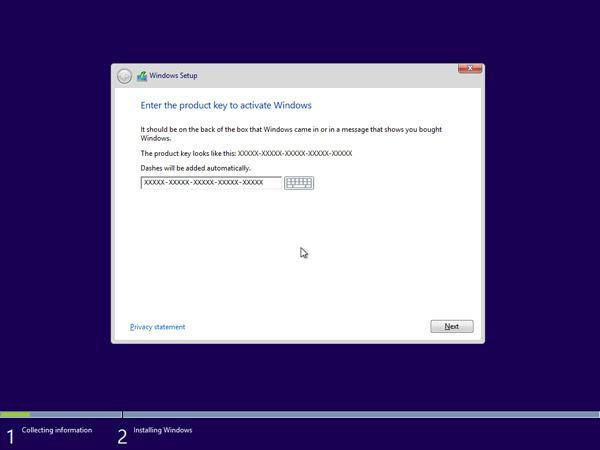
- Accept the license terms and then click Next .

- Choose your preferred installation type. You can either choose Upgrade , which will allow keeping your current files, settings, and apps; or choose Custom to do a fresh clean installation of Windows 8.1. In this example, we'll be choosing custom to do a fresh Windows installation.

- To do a completely fresh installation with new partitions, you have to delete all the existing partitions first. Select each partition one by one and click Delete , then OK .
- Note: If you haven't yet backed up your hard drive, you may want to stop now, back everything up and start again. Once you've deleted the partitions you won't be able to recover the data stored on these drives.
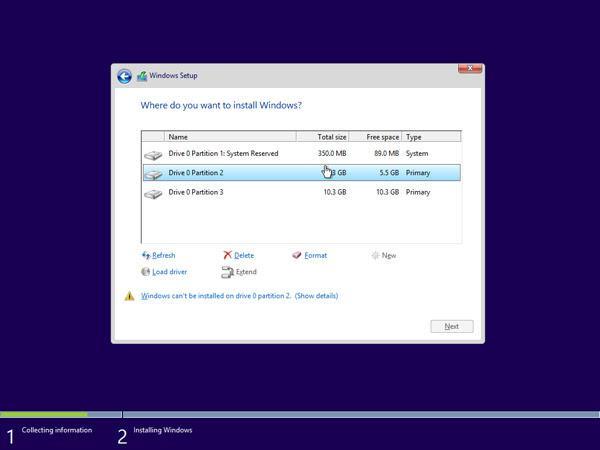
- Your computer harddrive's space will now be unallocated. Following this, you need to create some new partitions. Select Drive options (advanced) . Click New and choose the size for your new partition, then click Next .
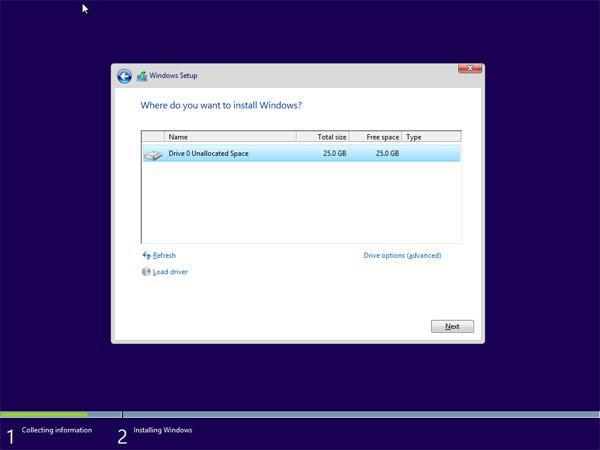
- Windows will now create a new partition for storing system files. Click OK to accept. Repeat this step if you wish to create additional partitions.

- Select one of the new partitions and click Format . This will allow you to format your new partition. Press OK when prompted, and repeat the process for any other partitions, except the one for storing system files.
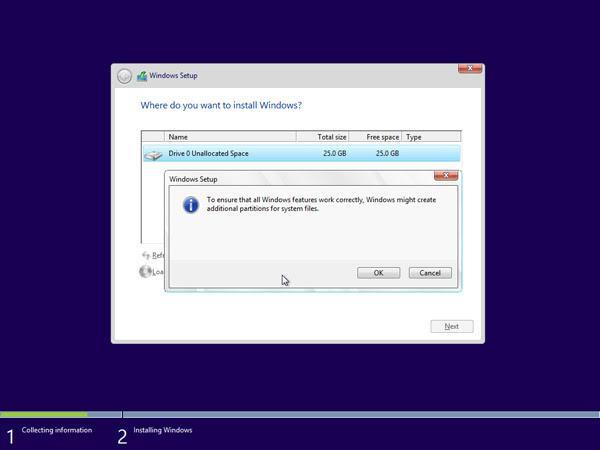
- Select the partition where you want to install Windows, and click Next .

- The Windows 8.1 installation will now begin. Your computer may reboot a few times during the process. This is normal. Follow the instructions when instructed to personalize your computer settings.
How to install Windows 7 using Bootable USB
- Plug your USB device into your computer's USB port, and start up the computer. You may be asked to press a key to boot from the USB.
- Choose your preferred language, timezone, currency, and keyboard settings. Once you're happy with customizing these settings, click Next . Don't worry if you've made a mistake, you can change any of these in the future.

- Click Install Now to start the installation process.
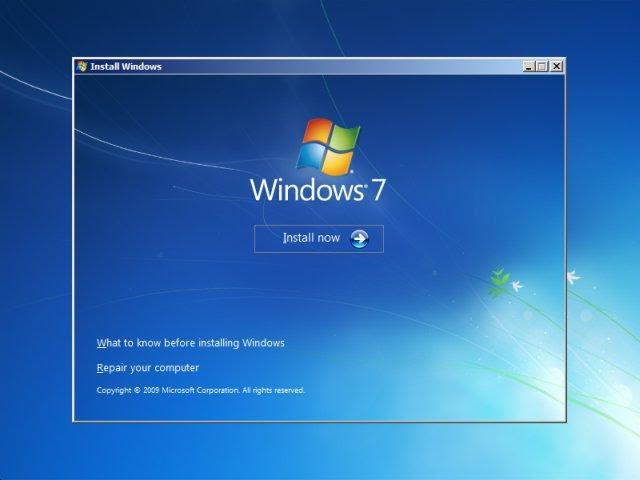
- Accept the license terms and then click Next .
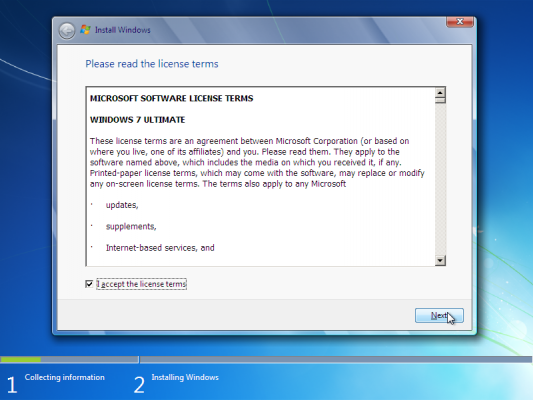
- Choose your preferred installation type. You can either choose Upgrade , which will allow keeping your current files, settings, and apps; or choose Custom to do a fresh clean installation of Windows 7. In this example, we'll be choosing custom to do a fresh Windows installation.

- To do a completely fresh installation with new partitions, you have to delete all the existing partitions first. Select each partition one by one and click Delete , then OK .
- Note: If you haven't yet backed up your hard drive, you may want to stop now, back everything up and start again. Once you've deleted the partitions you won't be able to recover the data stored on these drives.
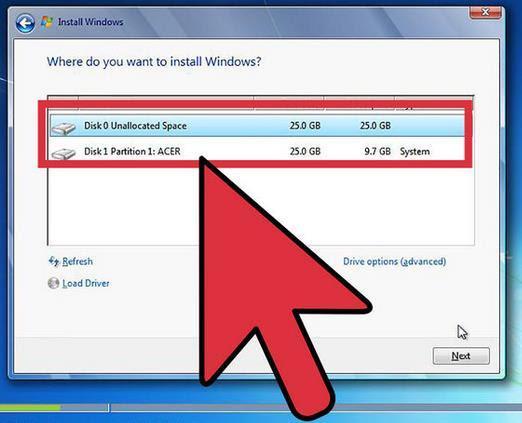
- Your computer harddrive's space will now be unallocated. Following this, you need to create some new partitions. Select Drive options (advanced) . Click New and choose the size for your new partition, then click Next .
- Windows will now create a new partition for storing system files. Click OK to accept. Repeat this step if you wish to create additional partitions.
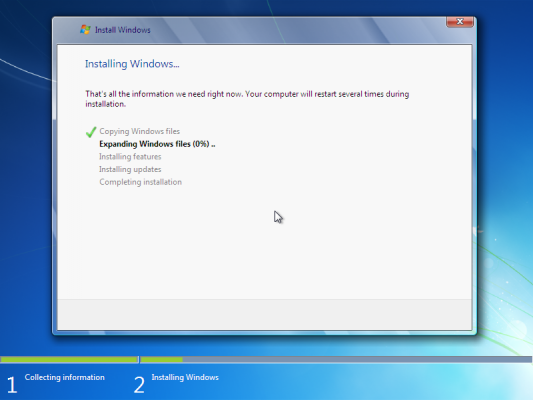
- Select one of the new partitions and click Format . This will allow you to format your new partition. Press OK when prompted, and repeat the process for any other partitions, except the one for storing system files.
- Select the partition where you want to install Windows, and click Next .
- Once the installation is complete, you'll receive a prompt to set the user and computer names.
- Note: The built-in Administrator account is disabled on Windows 7, so the username you create will be the only one available on the system at first.
- Enter your username. The computer's default name will be username-PC, where username is the username you've entered, but you can also change this. Once you're done, click Next .

- Finally, enter the new user's password, or just leave it blank and then click Next .
- Note: If you choose to create a password for your Windows 7 account, make sure to keep this safe. This will be the only user account on the system. If you lose it, you won't be able to login to your Windows system later.
That's it! You've now installed a fresh copy of Windows from a bootable USB on your computer.
You may want to run a Windows update next time you start up your computer and install the latest firmware/drivers available from your manufacturer, otherwise, you're ready to go with your new Windows machine.
Next Read:
>How to Create a Bootable USB Using Rufus
Frequently Asked Questions
Q: How to boot from a USB flash drive?
To boot your computer from USB, you need to plug the USB stick in your computer and power it on. If the install media doesn't automatically start, you need to first change the boot order . This can be done from the BIOS settings.
Q: What format should a bootable USB be for Windows 10?
Your USB flash drive should have the FAT32 format in order to run the Windows 10 installer media.
Q: What size USB drive is required for the Windows Media Creation Tool?
You need a USB drive with a minimum of 4GB of free space. It should also be completely empty before you run the tool.
Q: How do I use the Rufus USB tool?
You can find all the information you need about the Rufus USB tool in our How to Create a Bootable USB Using Rufus article.
Q: Can I use a USB drive I created to install Windows on someone else's computer?
No. The Windows ISO file on the USB drive is intended to be used to install Windows on the licensed user's own computers. If you're a business owner, you may be required to show any digital licenses when auditing.
Final Thoughts
Our Help Center offers hundreds of guides to assist you if you're in need of further help. Return to us for more informative articles, or get in touch with our experts for immediate assistance.
One More Thing
Would you like to receive promotions, deals, and discounts to get our products for the best price? Don't forget to subscribe to our newsletter by entering your email address below! Be the first to receive the latest news in your inbox.
You May Also Like
» How to Create a Bootable USB Using Rufus
» How to Install Microsoft Office Updates
» How to Install Office on a Windows PC Using My Online Microsoft Account
How to Make Windows 8 Bootable Dvd From Setup Files
Source: https://softwarekeep.com/help-center/how-to-install-windows-10-81-or-7-using-a-bootable-usb